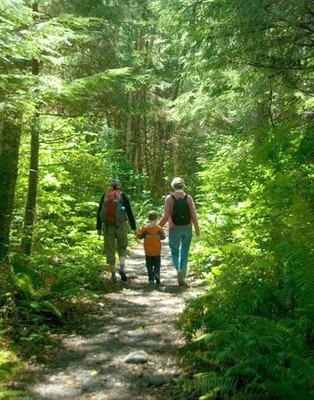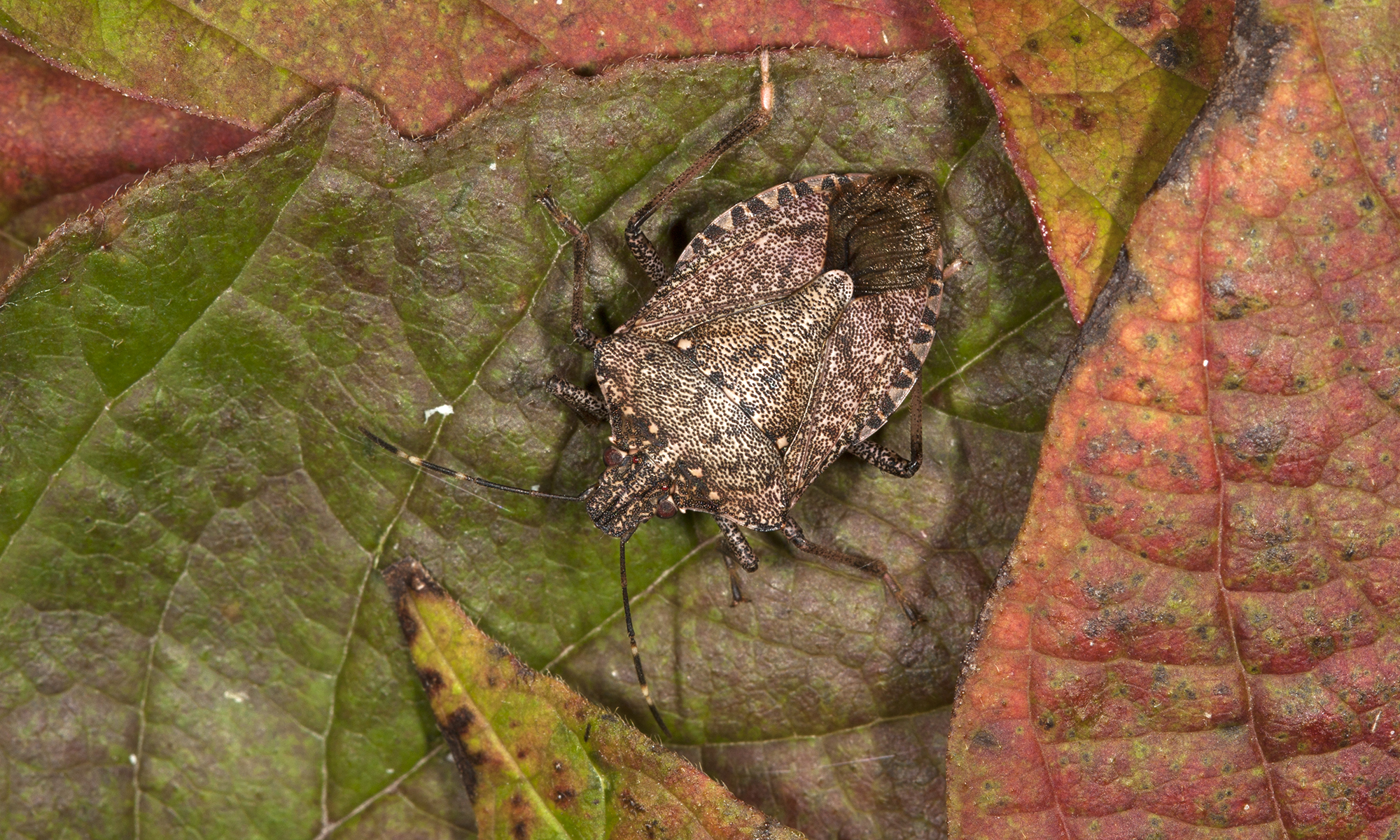As we gear up for another summer season, it’s time to reflect on how our daily choices may be influenced by trees. When out shopping, you may peruse the parking lot to find precious and limited parking spaces shaded by trees. When strolling down the sidewalks and business districts, you may be drawn by the beauty of trees lining pathways, perhaps taking a break from your escapades and parking yourself on a bench in the shade of one of those trees. Enjoy the space and solitude in the shade, easily ten degrees cooler than a few short feet out in the direct sunlight.
 My own office window shaded by a large, beautiful shumard oak. Combined with overlooking a lake and blanketed by a majestic canopy of trees, it’s relaxing and honoring to have such a beautiful view, inspiring my work and personally testifying to the wonders and benefits that trees provide us. I delight in the sounds of the whispering leaves as the wind gently winds its way through the branches and cherish the songbirds that visit my window, briefly grabbing a bit of seed before flitting off to the nearest tree.
My own office window shaded by a large, beautiful shumard oak. Combined with overlooking a lake and blanketed by a majestic canopy of trees, it’s relaxing and honoring to have such a beautiful view, inspiring my work and personally testifying to the wonders and benefits that trees provide us. I delight in the sounds of the whispering leaves as the wind gently winds its way through the branches and cherish the songbirds that visit my window, briefly grabbing a bit of seed before flitting off to the nearest tree.
While these notions are romanticized and artistic, I am not the only one who expresses these thoughts. According to the Missouri Department of Conservation, employees with views of nature (including trees) report 15% fewer illnesses and feel more enthusiastic and less frustrated than those without a view outside. Another study reveals that workers without nature views from their desks claimed 23% more sick days than workers with views of nature. Let these statistics speak for themselves, relaying the physical and mental benefits of trees.
We all hear that exercise is good for our health. Sure, trees supply an element of outdoor work. Raking leaves, cleaning gutters, and even collecting branches after a storm can create aches and pains, leaving us reaching for painkillers every now and then. However, trees provide a fundamental factor in community health and well-being, far outreaching these types of inconveniences.
 Trees are linked to a variety of recreational opportunities, such as hiking, biking, wildlife viewing, increased unstructured play, and even urban hunting. People who live within one mile of a park or public open space are three times more likely to achieve recommended levels of physical activity. Tree-lined streets are more walkable, encouraging more active lifestyles.
Trees are linked to a variety of recreational opportunities, such as hiking, biking, wildlife viewing, increased unstructured play, and even urban hunting. People who live within one mile of a park or public open space are three times more likely to achieve recommended levels of physical activity. Tree-lined streets are more walkable, encouraging more active lifestyles.
According to the Arbor Day Foundation, exercising in natural environments is associated with greater feelings of revitalization and positive engagement, decreases in tension, confusion, anger, depression, and increased energy. Children and youth living in greener neighborhoods have lower body mass index. In return, areas with trees can promote reduced obesity rates and improved heart health. Trees can promote walkability, benefiting against diabetes, cancer, arthritis, high blood pressure, and heart disease.
Air quality control is another health concern, especially in urban areas. Trees filter airborne pollutants. According to the Alliance for Community Trees, urban trees in the United States remove 711,000 tons of air pollution annually, at a value of $3.8 billion. One acre of trees produces enough oxygen for 18 people to breathe each day and eliminates as much carbon dioxide from the air as it produced from driving a car 26,000 miles. In short, trees help us breathe easier, reducing asthma and other respiratory problems by removing dangerous particulates from the air.
Trees are good for the mind and body. Think of them as nature’s therapy. Patients in hospitals with nature views recover more quickly, report fewer complaints, need fewer painkillers, and exhibit increased immune function. Additionally, they are released from hospitals a day sooner than similar patients who had a view of a brick wall, attesting to the positive influence of trees and nature.
Children in tree-lined neighborhoods play outside 10% more and have lower rates of attention deficit disorder. They are better able to concentrate, increase self-discipline, complete tasks, and follow directions after playing in natural settings. According to the Missouri Department of Conservation, contact with nature helps children cultivate imagination and creativity, intellectual development, and social relationships. And it’s not only the youth that benefit from trees. Studies show that the elderly population can increase longevity when exposed to trees and natural areas.
Tree are also a natural anti-depressant. They reduce stress levels by decreasing cortisol levels, a physical indicator of stress. Park users have lower levels of anxiety and sadness after visiting parks. They also report urban forests and parks offering a place for reflective thought, resting the mind, and increasing creative thinking.
People in housing surrounded by trees report that their life issues feel less difficult, they procrastinate less, and have higher attention spans. Residents who walk near newly green vacant lots had lower heart rates compared to walking near blighted, neglected vacant lots. College students with natural views from their dorms score higher on tests. Those who commute along tree-lined roads remain calmer (lower pulse and blood pressure) and drive less aggressively than those who drive along roads with less trees.
The bottom line is trees make us happier and healthier. They encourage active lifestyles, amend air quality, boost healing and therapy, improve mental health and function, and reduce stress. Trees uplift our everyday living and the world around us. Have you had your dose of trees today?
**Special thanks to Alliance for Community Trees, the Forest Service, the Arbor Day Foundation, and the Missouri Department of Conservation for supplying research results, case studies, and facts supporting health benefits derived from trees.**
FOR IMMEDIATE RELEASE
Jennifer Behnken, Urban and Community Forestry Coordinator
Southern Illinois University Carbondale, Dept. of Forestry
Agriculture Building – Mailcode 4411
1205 Lincoln Drive
Carbondale, IL 62901
Phone: 618/435-3341
Fax: 618/453-7475
jbehnken@siu.edu

